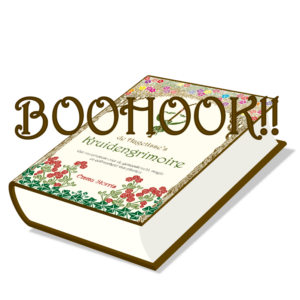
Valerian, Valeriana officinalis, is one of those plant that I encountered everywhere in the area I grew up in. The moist river clay in our area made this plant feel right at home. Whenever I rode my pony through the woods skirting the river near our farm, I regularly zoomed past it. It was definitely a plant that we knew intimately, including its uses.
From a medicinal point of view, valerian is pre-eminently a plant that gives peace. In case of insomnia, nervous disorders, hyperactivity, anxiety and all kinds of related disorders, it works along several pathways. Valerian is also a good friend when battling addiction.
In our hectic society, valerian therefore offers a natural alternative to sometimes contentious medication. Ultimately, tackling the cause of a condition is of course the best, but this plant is suitable to break a vicious circle.
Not surprisingly, you can magically use valerian to sleep well, but also to strengthen psychic powers, for example during divination. In addition, it is used for purification and protection rituals and to maintain or restore calm.
Tradition also has it that a woman only needs to attach a sprig of valerian to her clothing to make men follow her around like puppies. I have not tried that myself yet.
Valerian has a compact, running rhizome with numerous lateral roots and rhizoids. The root is largely succulent in texture, except for the hair roots, which are fibrous. The stem is erect, hollow and furrowed and only has branches at the top.
There is a leaf rosette at the bottom of the stem and opposite leaves further along the stem. The leaves are odd-pinnate with eleven to twenty-three serrated leaflets.
The flowers appear in the third year. They are 2 to 4 mm in diameter, with white to deep pink coloured tubular florets. The achenes are light brown with four ribs and a pappus with white hairs.
Many gardens host red valerian, Centhranthus ruber. However, this is not real valerian. Red valerian has no medicinal effect.
Valerian has been used medicinally since ancient times. Back then, it was used much more widely than it is today. It was actually known to be a panacea. Not surprisingly, this is one of many plants known as all-heal in English.
Basic membership is free. A plant monograph contains:
It's not allowed to copy content of this website
and view hidden content
